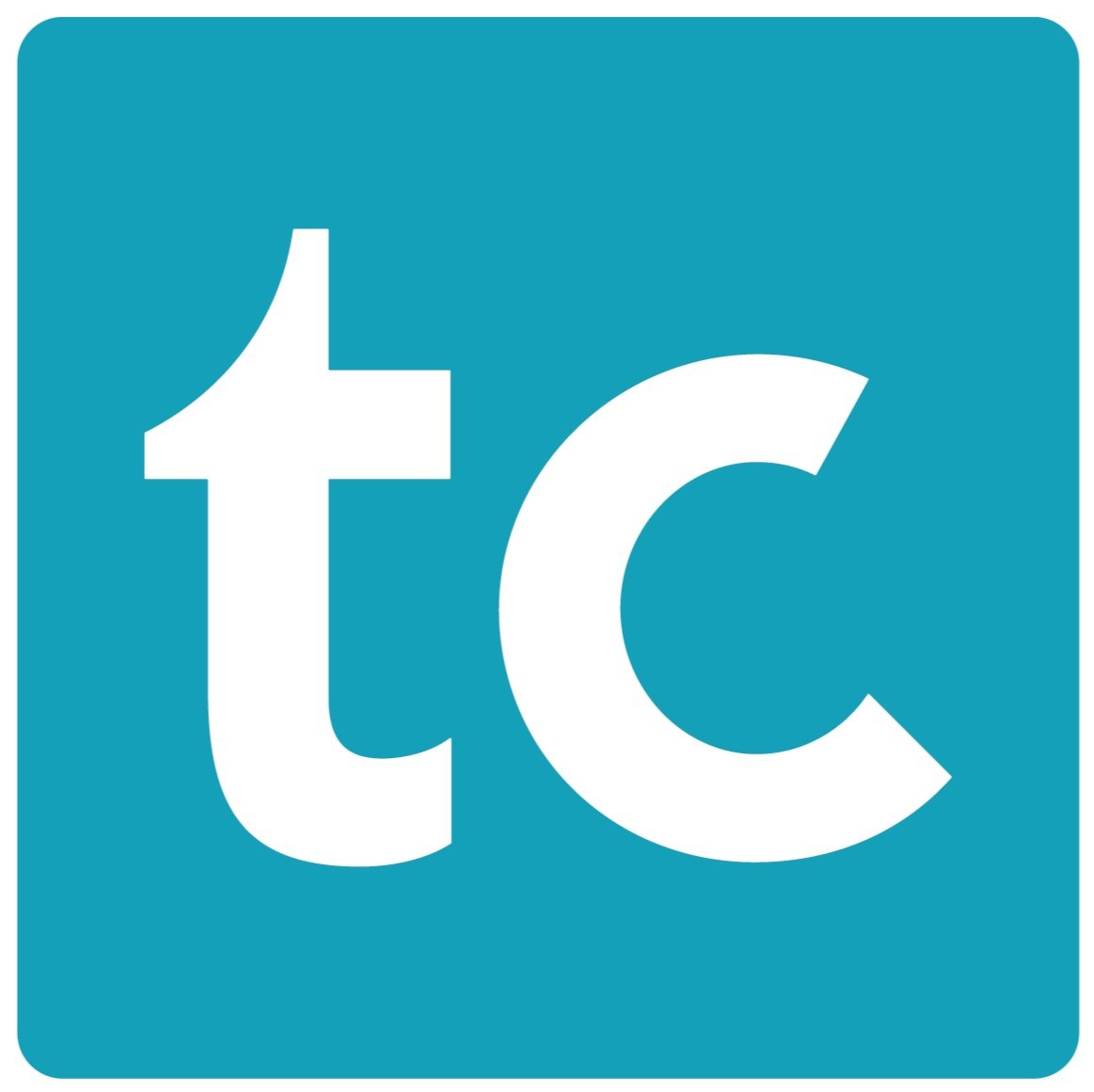Information Dumps: The Unforgivable Bane of E-Learning
Imagine this. You sit rather comfortably in your home office, your bottom half not in view of your webcam, still in sweatpants and slippers. Before you, a notepad filled to the brim with notes. Pages and pages of meticulously recorded information. Great information. Information to ensure you improve in every single way. The training course started two hours ago and there is no end in sight. Recited bullet point after bullet point passes you by in a blur. You don’t miss a single line. Training ends. The trainer leaves satisfied they’ve given you all the information you need to succeed. In front of you sits six pages front and back of well-organized notes. Job done.
Two weeks later, you are confronted with a situation covered by that previous training. “This sounds familiar,” you think. You pour back through your notes searching for the solution to this exact situation. Nothing. The answer exists, you’re positive, but it is lost amidst pages of superfluous material. You stash your notebook away, never again to give it a wayward glance. This is a situation that can be entirely avoided and it is the responsibility of the trainer to ensure it doesn’t.
Training in the workplace slips all too often into the treacherous territory of information dumps. The quality of the information is directly diminished by the quantity. You could be relinquishing the secret to everlasting life and it could still be lost in a sea of impertinent information. As trainers, it falls to us to ensure our students are provided with the proper tools to succeed. All available information, no matter how pertinent and useful it may be, is not the correct answer. That being said, as trainers, how do we avoid this?
The answer is surprisingly simple. Before jumping headlong into designing any course, there is one constant question we must always ask. What is the purpose of this course? Often when approached by an organization you are immediately given the industry standard. “Here is the content. Design a course with this information.” It is up to us, as trainers, to break that line of thinking. Providing all the learning content is no longer acceptable. When given this prerogative, we must challenge it with a question. What is the goal of this course?
The best goals are those with measurable outcomes. This gives us the analytics to show just how effective our courses can be. For example, “we want our employees to learn about this new line of product in order to effectively sell it.” Provided with the sales numbers after the training, we can see just how effective our program can be. These are the ideal goals that continue to help us as trainers build better courses.
It is our questions that will lead us to the information we deem valuable. We can then compare any material we have to the goal at hand. Does it meet the needs of the goal? If the answer is no or there is any doubt at all, remove it. That is the superfluous data that will water down the rest of the course. This single action can make such an enormous difference in the effectiveness of our courses.
Cathy Moore has a fantastic video presentation on this very subject. Her video The Big Mistake in Elearning is short, sweet, and covers this subject in more detail. Give it a watch and take this message to heart. If we want our students to learn and utilize the information we give them, it is up to us to make the fundamental changes necessary.
Cathy Moore’s video presentation on information dumps.




